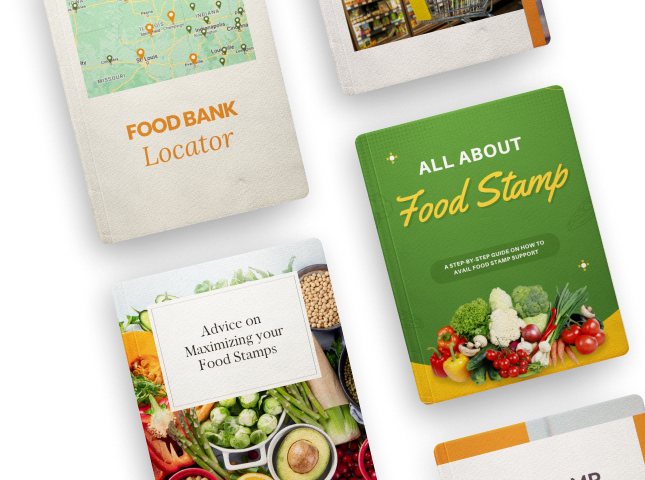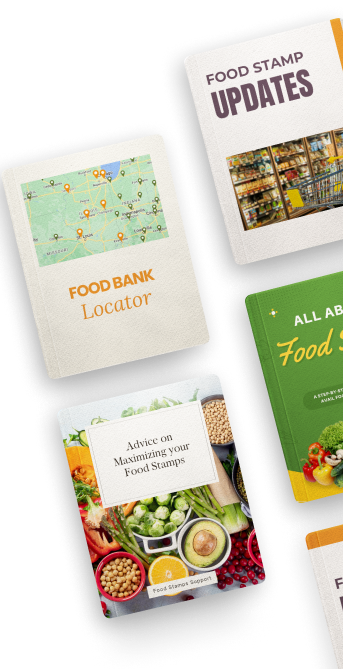Analyzing SNAP's Journey: A Comparison Between the Trump and Biden Administrations
The dynamics of this program have seen considerable changes under the administrations of former President Donald Trump and current President Joe Biden, each claiming success in their policy implementations. Let’s delve into how SNAP has evolved under their leadership and what might lie ahead for 2024.
The Trump Years: Economic Growth and Reduced Dependency
During Trump's tenure, the nation experienced low inflation and significant economic growth, leading to increased employment opportunities and rising wages. This positive economic climate translated into fewer Americans requiring assistance from welfare programs, including SNAP.
According to insights from The Heritage Foundation, SNAP enrollment decreased by over 19% in Trump's first three years—an equivalent of about 8.5 million people, saving the federal government approximately $11 billion.
However, the reduction in SNAP beneficiaries, touted by Trump as lifting "10 million people off welfare," invites scrutiny. Fact-checking by FactCheck.org suggests the figure mainly reflects the decrease in SNAP participants, a trend that began improving from 2013 due to the recovering economy over several years, not solely Trump’s policies.
Furthermore, Trump's administration aimed to tighten SNAP's budget by over 30% and introduce stricter eligibility criteria, as reported by the Center on Budget and Policy Priorities (CBPP).
The Biden Era: Expansion and Rising Costs
With President Biden at the helm, SNAP saw significant expansions, with enrolment ticking up by 3% and benefits surging by 54% within two years, as per The Heritage Foundation. This expansion, alongside inflation, led to administrative costs doubling to $120 billion annually—twice the program’s outlay in 2019.
Despite achieving employment growth, an odd trend emerged: an increase in the number of employed individuals still depending on SNAP, hinting at the diminished spending power due to inflation.
Looking Ahead: SNAP in 2024
Predicting SNAP's trajectory into 2024 hinges on various factors, with the economy playing a central role. Dottie Rosenbaum, a senior fellow with CBPP, emphasized to FactCheck.org that SNAP enrollment closely follows poverty trends—an observation consistent before and during Trump's office tenure and continuing through Biden's administration. Rosenbaum asserts the reduction in SNAP participation underlines the program's efficiency in meeting its goals.
Takeaway
As we assess SNAP's performance under both Trump and Biden, it's evident that economic conditions largely influence program participation and costs. While Trump's administration saw a decrease in SNAP enrollment due to an improving economy, Biden’s expansion of the program was a response to increased needs amidst economic challenges and inflation.
Moving forward, the overarching goal remains to adapt SNAP effectively to the changing economic landscapes and needs of American families, ensuring food security for those in need while maintaining economic viability. The path SNAP takes in 2024 and beyond will likely continue to reflect broader economic and policy shifts, underscoring the program’s importance in America’s social support fabric.
-
Need more articles about SNAP and food support? Check out these articles:












